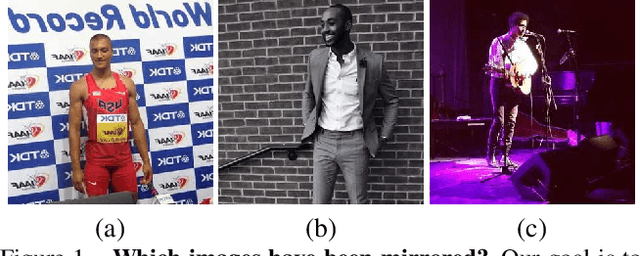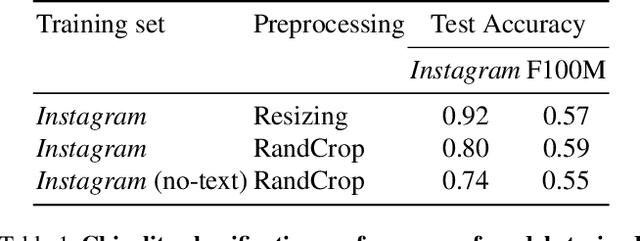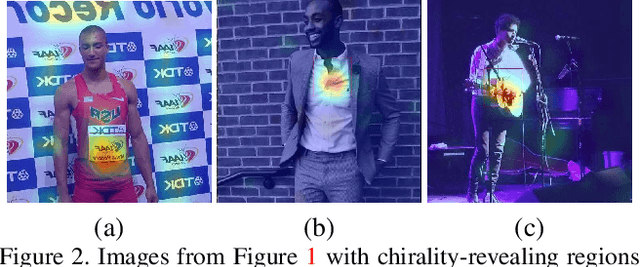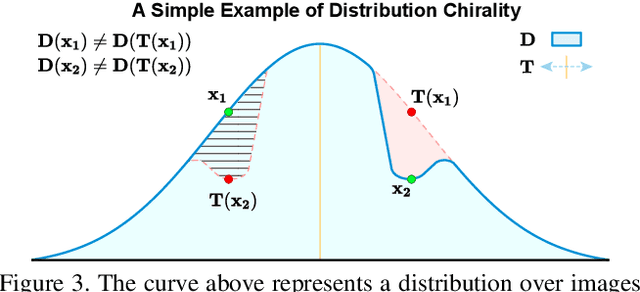Visual Chirality
Paper and Code
Jun 16, 2020



How can we tell whether an image has been mirrored? While we understand the geometry of mirror reflections very well, less has been said about how it affects distributions of imagery at scale, despite widespread use for data augmentation in computer vision. In this paper, we investigate how the statistics of visual data are changed by reflection. We refer to these changes as "visual chirality", after the concept of geometric chirality - the notion of objects that are distinct from their mirror image. Our analysis of visual chirality reveals surprising results, including low-level chiral signals pervading imagery stemming from image processing in cameras, to the ability to discover visual chirality in images of people and faces. Our work has implications for data augmentation, self-supervised learning, and image forensics.
 Add to Chrome
Add to Chrome Add to Firefox
Add to Firefox Add to Edge
Add to Edge